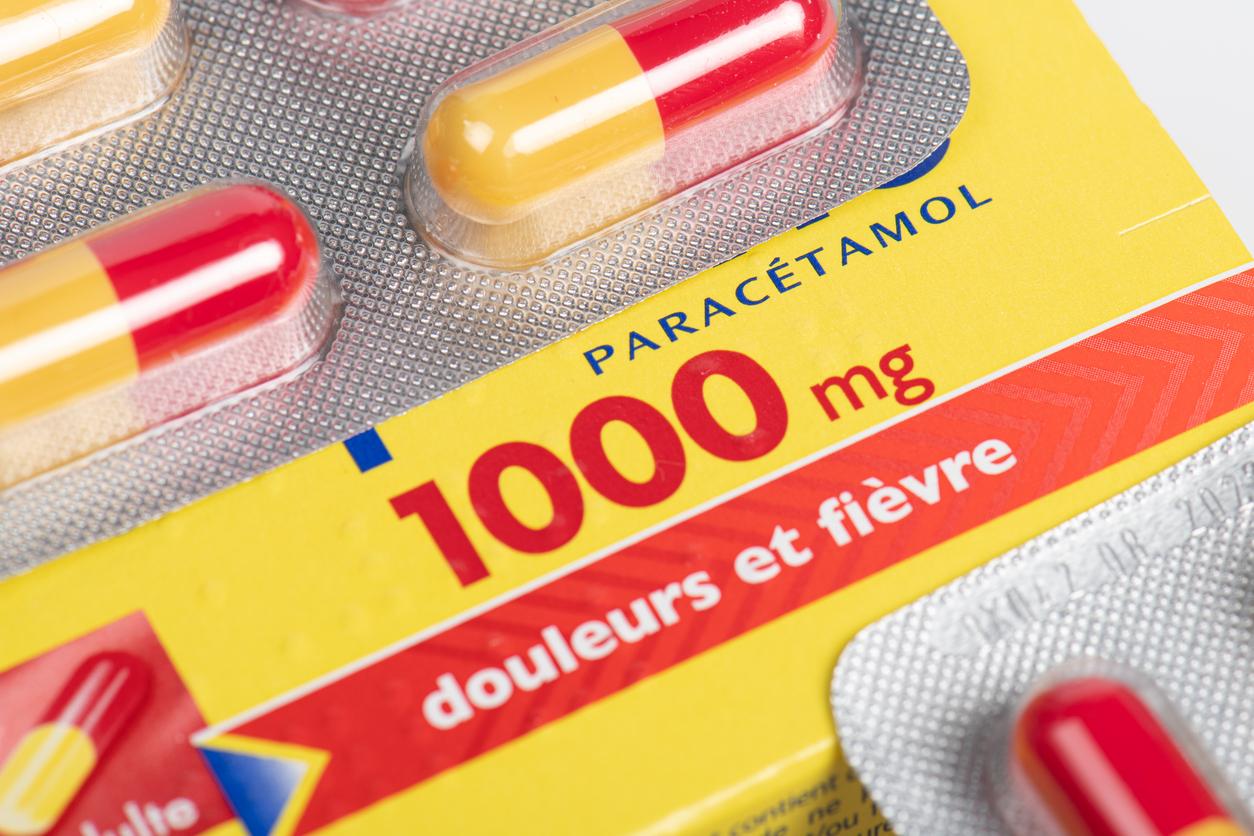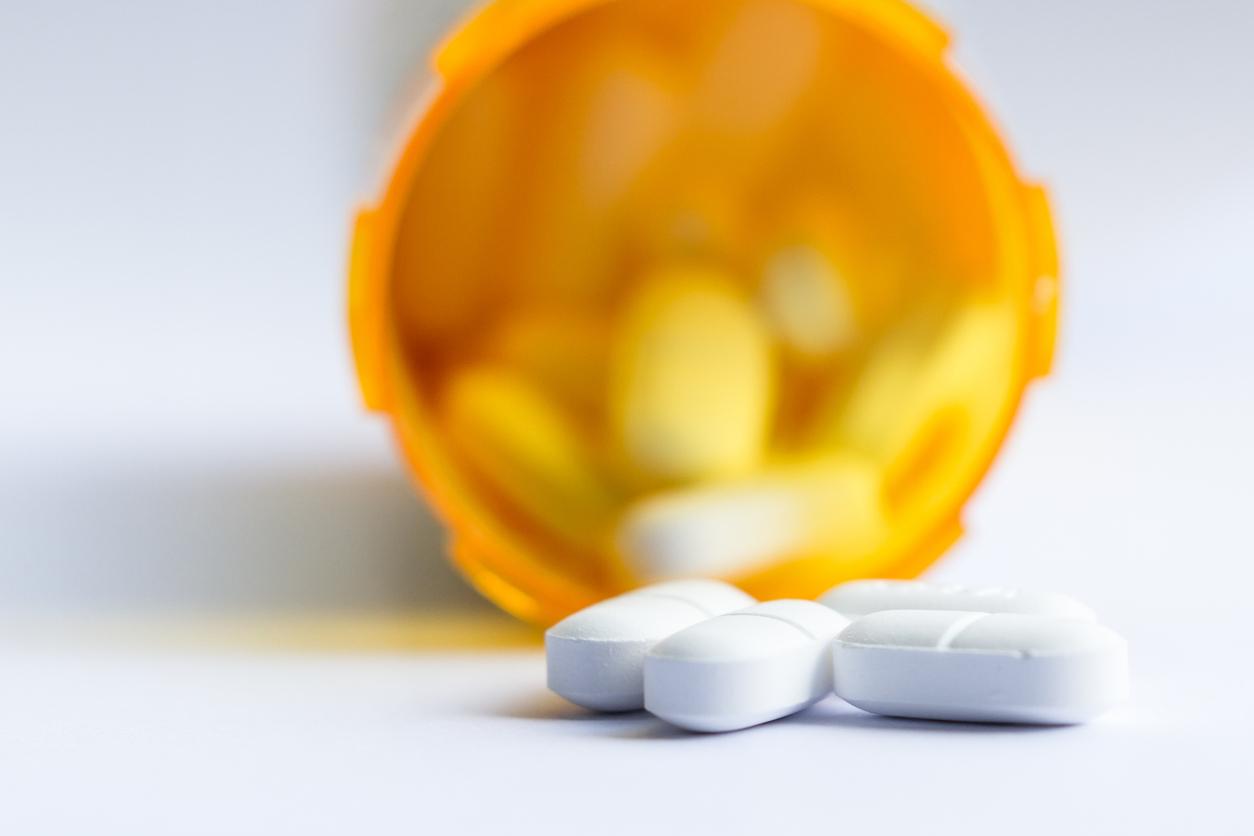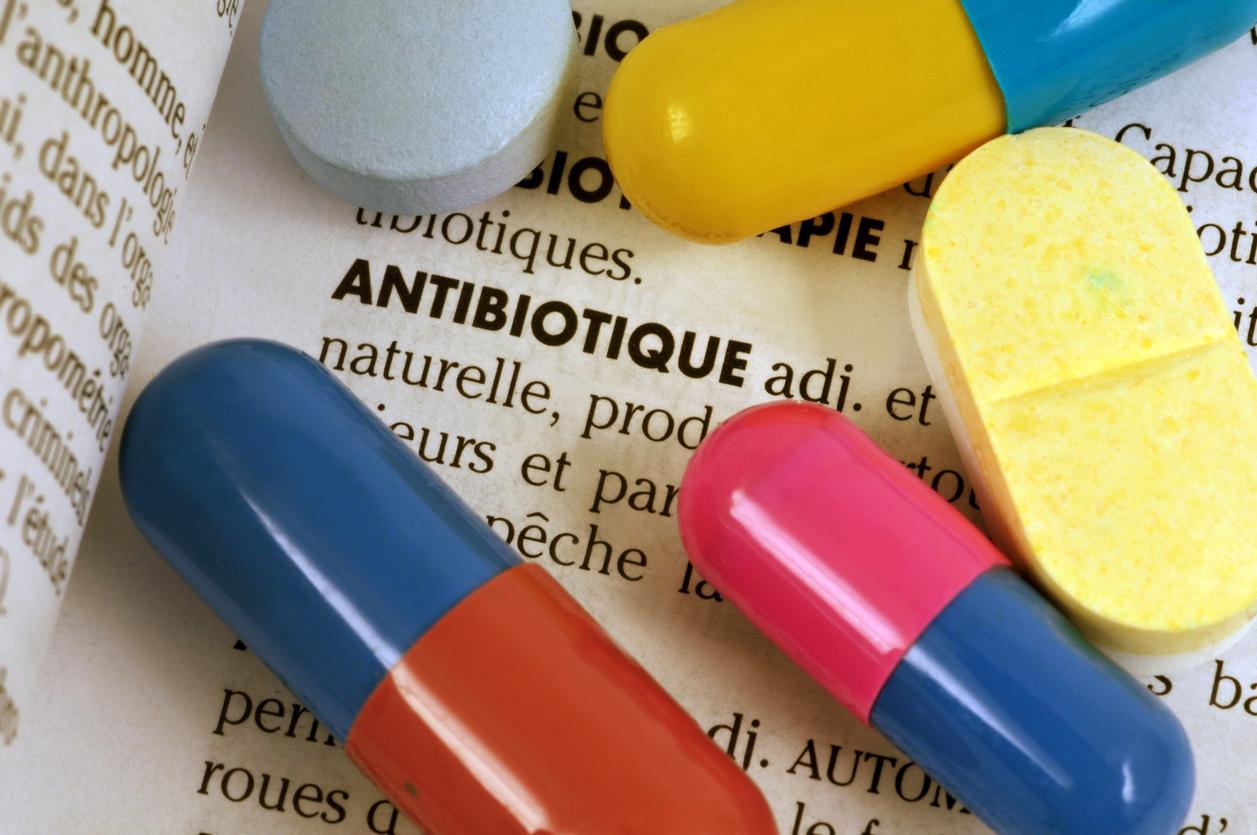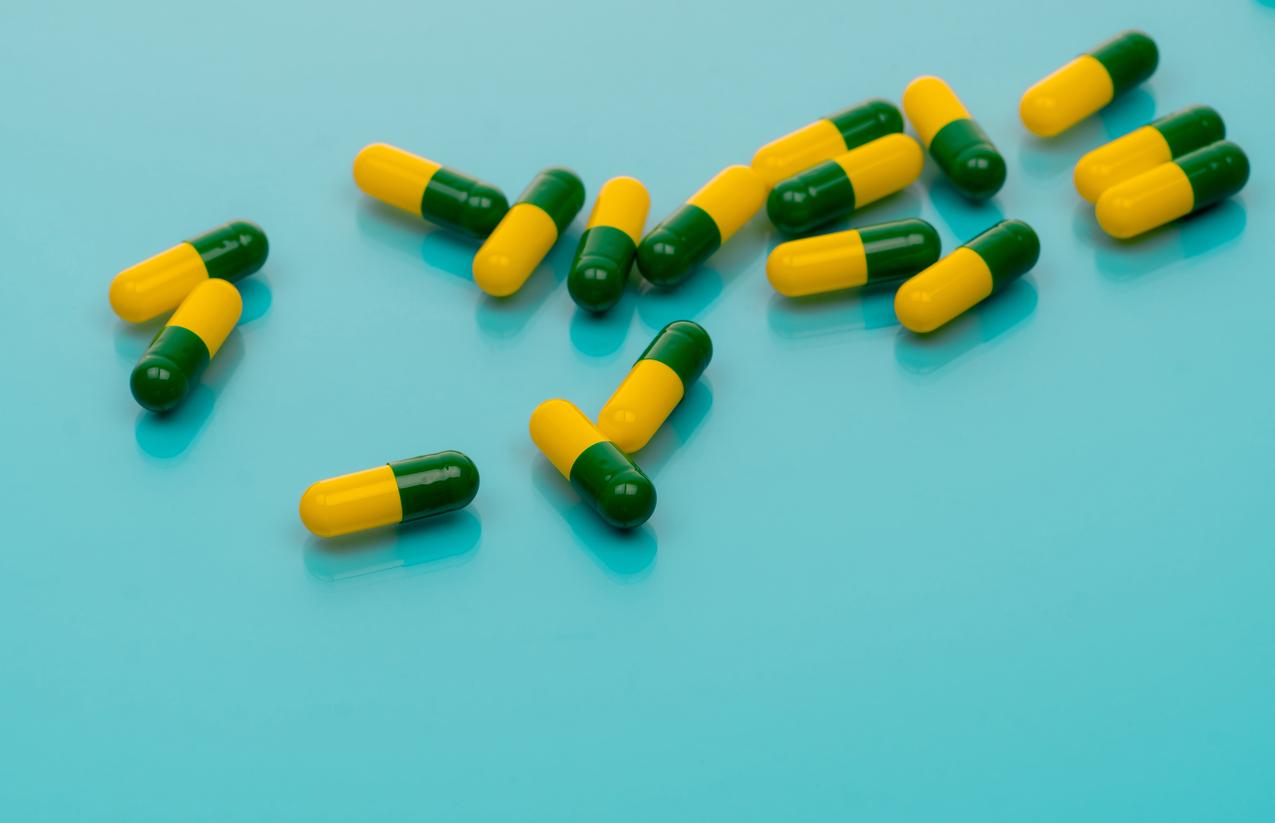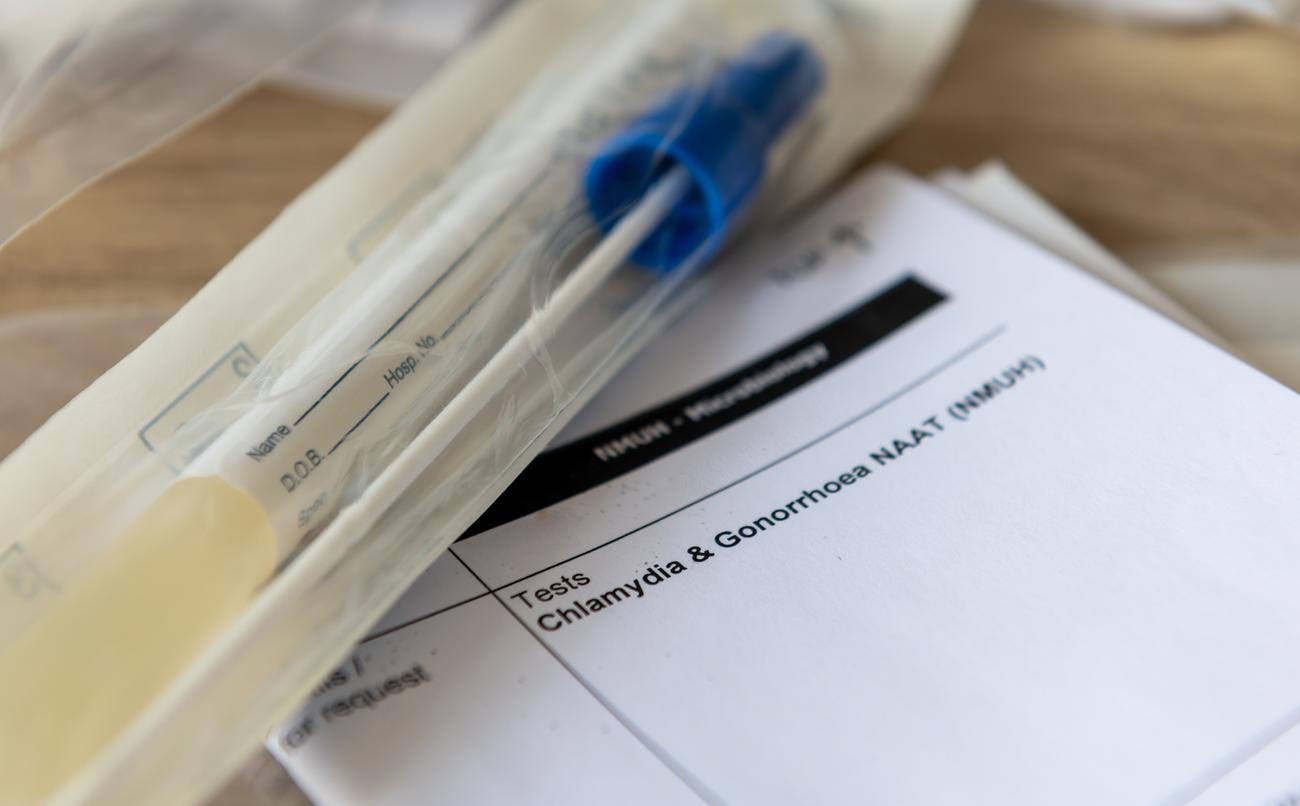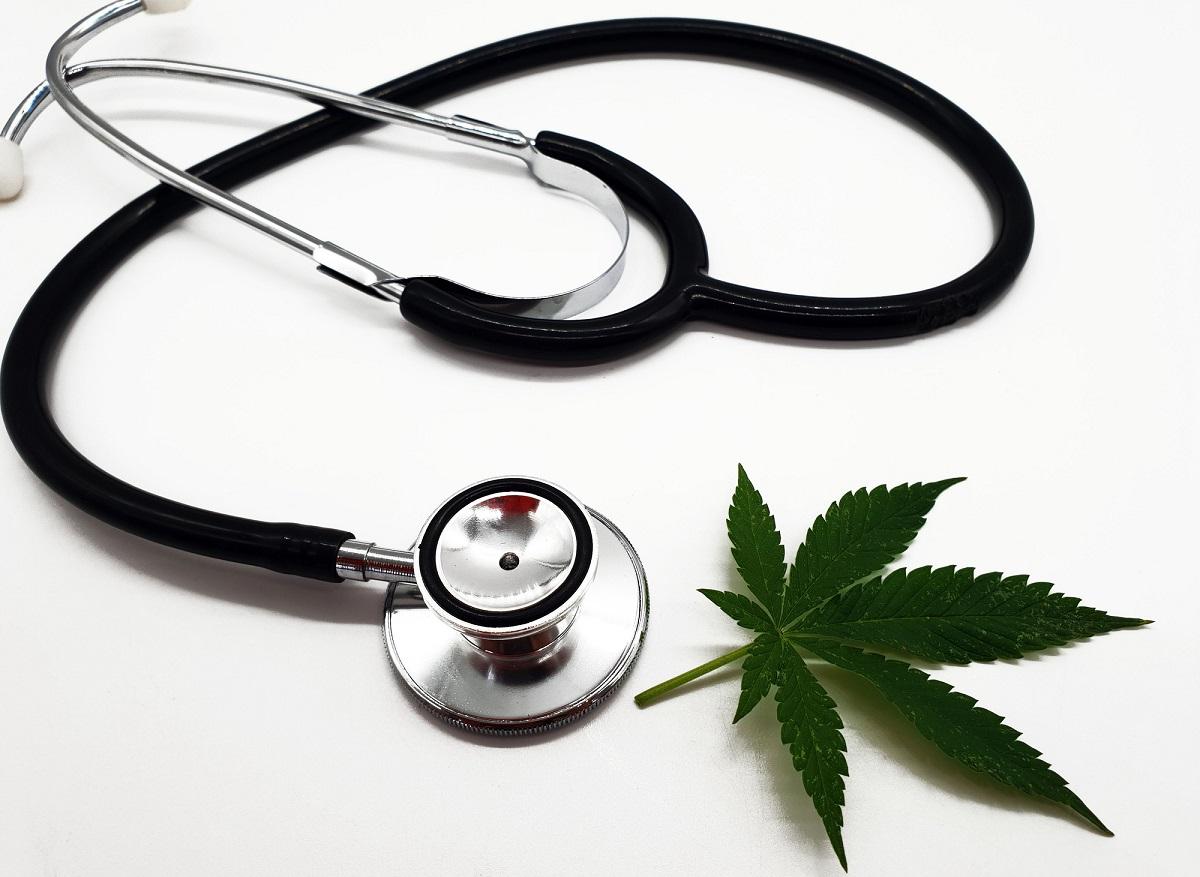Often in tension since the start of the covid-19 epidemic, paracetamol is once again in high demand from pharmacists due to the 7th covid wave, which causes more intense and longer symptoms than the previous epidemic rebound.
Also, to avoid a possible shortage of this medicine, as was the case a few weeks ago, and to preserve stocks throughout the summer, the National Medicines Safety Agency implemented several measures. It temporarily banned the export of these medicines by wholesaler-distributors and above all, it asked pharmacists to first supply patients who come with a prescription, and to limit the sale of paracetamol to two boxes to people who come to the counter without a prescription. Remember that, since 2020, paracetamol is no longer freely available in pharmacies.
Paracetamol: no more than 3 g per day
Paracetamol is a safe and effective drug under normal conditions of use, that is to say when you do not exceed 3 g (3000 mg) in the day and you do not take more than one gram ( i.e. 1000 mg) per dose. It is also the first painkiller that it is recommended to take in self-medication in case of pain or fever, before non-steroidal anti-inflammatory drugs (such as ibuprofen) and aspirin.
Why not more than 3 tablets or sachets of 1000 mg per day? Quite simply because paracetamol is also a drug which can turn out to be toxic to the liver in the event of an overdose, causing sometimes irreversible lesions which lead to a liver transplant. can lead to liver transplants. The abuse of paracetamol is thus the first cause of drug-induced liver transplantation in France.
This is why the health authorities decided a few months ago to reinforce the information present on boxes of paracetamol-based medicines in order to make patients and health professionals aware of the risks associated with misuse. From now on the massage “Overdose = danger. Exceeding the dose can destroy the liver” appears on all boxes of Doliprane, Efferalgan, Dafalgan… in short, of all drugs with the paracetamol as active ingredient.
Paracetamol: the rules of use
The National Medicines Safety Agency (ANSM) reminds us of the precautions for use:
- No more than 3 g per day in adults over 50 kg, divided into several doses spaced 4 to 6 hours apart.
- The dosage can go up to 4 g per day on medical prescription.
- Maximum duration of treatment in the absence of a prescription: 3 days in case of fever, 5 days in case of pain.
- To be taken on medical advice when in pain mild to moderate hepatic insufficiency, severe renal insufficiency, chronic alcoholism or that one weighs less than 50 kg.
Beyond 3 days, if your fever persists, call your doctor.
Will paracetamol be produced (again) in France?
In France, nearly 200 drugs containing paracetamol, alone or in combination with other substances, are currently available with or without a medical prescription to treat pain, fever or cold symptoms. Although paracetamol is the best-selling painkiller in France (and Europe), French production ceased in 2008, when the drug’s last production site, based in Roussillon, Isère, closed its operations. doors.
But since then, there has been the pandemic. And faced with the risk of a paracetamol shortage, the health authorities had to impose restrictions on pharmacists. The President of the Republic Emmanuel Macron then announced the launch of a plan to relocate health industries. An agreement was therefore signed with the pharmaceutical subcontractor Seqens, which announced that the Roussillon production site would resume service from 2023 to make paracetamol powder on French territory. This production will be intended for the Sanofi (for Doliprane) and Upsa (for Efferalgan and Dafalgan) laboratories, which until now were content to package in France paracetamol imported from Asia, the United States or Turkey.
Read also :
- Paracetamol: consumed too often and in too large quantities
- Avoid ibuprofen and paracetamol during pregnancy
- Advil, Doliprane and aspirin: what to replace them with naturally?








